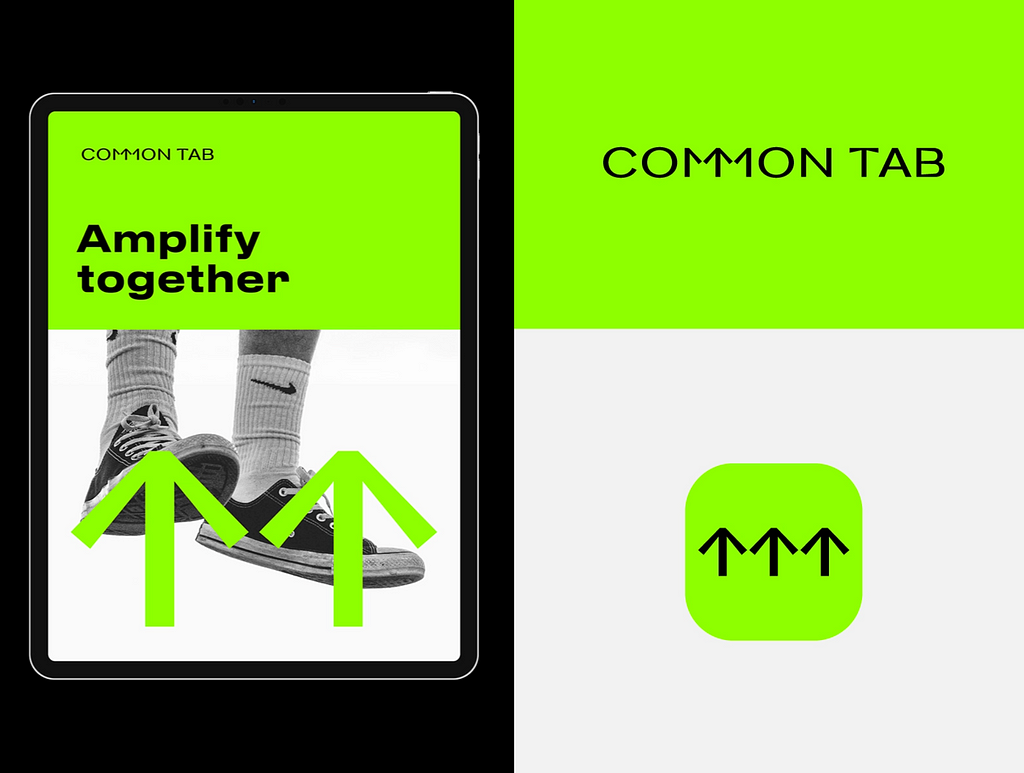Entering a more conscious life and design. The greener one.

The comfortable life is a thing that the majority is very unlikely to refuse for some bigger mission. Many continue living their comfortable lives, not being really happy in it. People irrevocably lose their chances to make a change staying silent and hidden behind the daily routine that blinds them in the face of the future. The reason for unhappiness might lie in the lack of the goal, the mission behind life. However, everyone’s goal exists…
We’re seeking ways to make a difference in this world, but the first place we should consider is our own life and the work we do. My try to do this is in this article that encourages everyone to join the sustainable future movement and start making a change through our professions. The design is a powerful tool for building our surroundings, mindset and lives, all in all. I believe UX tactics can nudge users into greener behaviors and help change underlying attitudes and beliefs. So, how can we design with sustainability in mind? We should ask ourselves this question more often. The world is on the edge of a big change, and whether it’s positive or not depends on us a lot.
1. Save Bytes, Measure Your Carbon Footprint

The more data on a site, the longer the loading times are. The more energy to transmit, the more fossil fuels burned. We may not feel a difference on the fast Internet connection since even a complex website with lots of animation, web fonts, multiple JavaScript libraries, and large high-resolution images seem light and loads within seconds. But it’s not the same for all, I mean those people who have a slower Internet connection in many regions all over the world.
Today, many businesses find a lot of benefits in reducing their digital footprint and cutting the data usage on their web presence. The decrease of data usually leads to faster loading times that bring consequential benefits like a lower abandonment rate, better user experience, and higher conversion rate. Free tools such as PageSpeed and WebsiteCarbon allow you to measure your website’s CO2 emissions (you only need to enter your website’s URL there) and receive some suggestions on reducing data overhead.
2. Increase Design Accessibility

Product usability and accessibility aren’t less important in the sustainable UX design mission. They can be significantly enhanced by better navigation and readability. If the content on a site is light and presented intuitively, it becomes easier for the user to navigate it, which considerably reduces CO2 emissions too. Sustainable UX means minimizing the number of page loads for users on their way to the intended content. Findability can be increased by clear and helpful categories and subcategories, clearly labeled menus, and an easy-to-find search function.
The less clutter on a website also means less loading time and a lower carbon footprint. Furthermore, it transforms a user journey into a more enjoyable digital experience and brings it to a more accessible dimension. Try to make your design open for all.
Designing for Diversity, Equity & Inclusion: 5 Questions to Include in a Product Design Process
3. Optimize Performance

There are three main methods of optimizing website performance and speed. The first tactic is enabling browser caching. It allows quickly retrieving website data from a local cache for returning users. Without this practice, the website loads the data again and again when the user comes back to a site.
The second recommended tactic is image optimization. By reducing the image sizes and the count of pixels, we can decrease the amount of data needed to upload a site. Don’t worry about the image quality! There are special online services and apps that allow reducing the image size without damaging the quality.
The third practice is removing excess adds-on your website. Too many extras on a site can also make its loading times longer and take more data to upload everything.
4. Educate and Promote Sustainability
Besides creating a green design, we can also use it as the medium for public education and encouraging people to go green. From “mindset-evoking” animations to the use of typography and incorporation of motivational quotes about the world’s future — these are just a few of many ideas to make your design “green” from the educational approach. Below, there is an excellent example of promoting sustainable thinking and a greener lifestyle through design.

Green Is New Black
Many of us love Black. It’s a fashion, standard, and a kind of classic. Let’s make a green lifestyle and green design new standards. There are many impressive UX design trends, but what if make the sustainable design the primary one? It’s what everyone can do to contribute to building a better future.

Green Is New Black: 4 Green UX Design Tactics for a Sustainable Future was originally published in Muzli – Design Inspiration on Medium, where people are continuing the conversation by highlighting and responding to this story.
